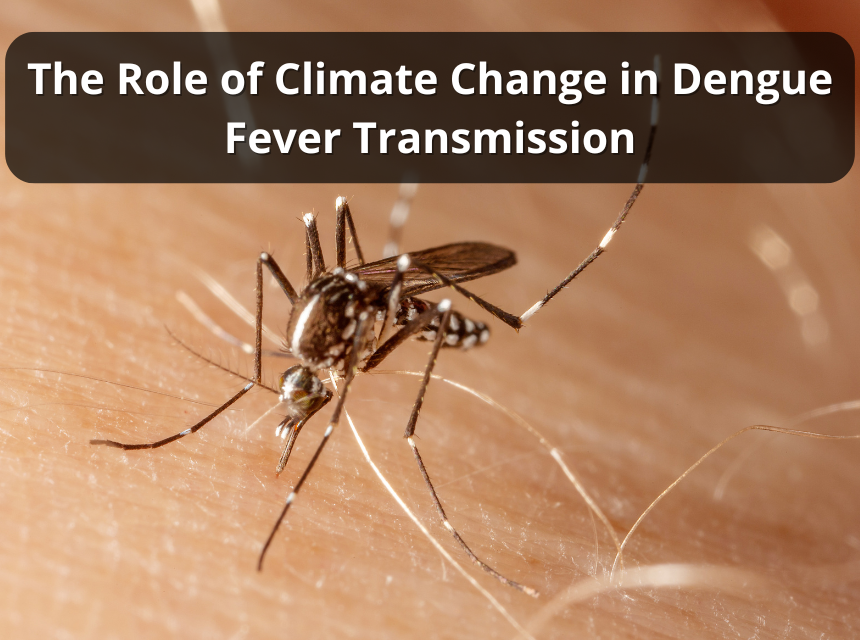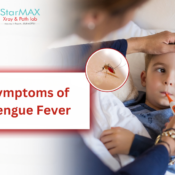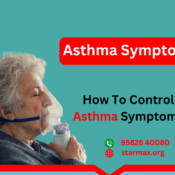
The Role of Climate Change in Dengue Fever Transmission
Climate Change and Dengue Fever: A Deadly Combination
Dengue fever, a mosquito-borne disease, has become a significant public health concern in recent years. With the global rise in temperatures, changing precipitation patterns, and increased humidity, the ideal breeding conditions for the Aedes aegypti mosquito, the primary vector for dengue fever, have been created. This perfect storm has led to a significant increase in dengue fever cases, making it a major health crisis.
The Science Behind Climate Change and Dengue Fever
Rising temperatures are expanding the geographic range of the Aedes aegypti mosquito, allowing it to thrive in areas previously unsuitable. Warmer temperatures also increase the mosquito’s reproductive rate, leading to a rapid increase in population. Heavy rainfall and flooding create ideal breeding conditions, while standing water left after floods provides a perfect environment for the mosquito to multiply.
Urbanization and Dengue Fever: A Deadly Duo
Urbanization has played a significant role in the spread of dengue fever. Cities provide an abundance of breeding sites, such as standing water in trash and drainage systems, allowing the mosquito population to explode. The lack of proper waste management and sanitation in urban areas exacerbates the problem.
The Consequences of Climate Change on Dengue Fever Transmission
The consequences of climate change on dengue fever transmission are far-reaching and devastating. Increased cases of dengue fever lead to a higher mortality rate, with children and the elderly being the most vulnerable. The economic burden of dengue fever is also significant, with millions of dollars spent on treatment and control measures.
Breaking the Cycle: What Can Be Done
To combat the spread of dengue fever, it is essential to address the root cause – climate change. Reducing our carbon footprint, implementing sustainable practices, and investing in renewable energy sources are crucial steps towards mitigating the effects of climate change.
Public Health Measures
Public health officials must take immediate action to control the spread of diseases. Implementing mosquito control programs, increasing awareness and education, and developing new treatments and vaccines are essential measures to combat the disease.
Climate Change and Dengue Fever: A Deadly Combination
Dengue fever, a mosquito-borne disease, has become a significant public health concern in recent years. With the global rise in temperatures, changing precipitation patterns, and increased humidity, the ideal breeding conditions for the Aedes aegypti mosquito, the primary vector for dengue fever, have been created. This perfect storm has led to a significant increase in diseases cases, making it a major health crisis.
The Science Behind Climate Change and Dengue Fever
Rising temperatures are expanding the geographic range of the Aedes aegypti mosquito, allowing it to thrive in areas previously unsuitable. Warmer temperatures also increase the mosquito’s reproductive rate, leading to a rapid increase in population. Heavy rainfall and flooding create ideal breeding conditions, while standing water left after floods provides a perfect environment for the mosquito to multiply.
Urbanization and Dengue Fever: A Deadly Duo
Urbanization has played a significant role in the spread of dengue fever. Cities provide an abundance of breeding sites, such as standing water in trash and drainage systems, allowing the mosquito population to explode. The lack of proper waste management and sanitation in urban areas exacerbates the problem.
The Consequences of Climate Change on Dengue Fever Transmission
The consequences of climate change on dengue fever transmission are far-reaching and devastating. Increased cases of diseases lead to a higher mortality rate, with children and the elderly being the most vulnerable. The economic burden of diseases is also significant, with millions of dollars spent on treatment and control measures.
Breaking the Cycle: What Can Be Done
To combat the spread of diseases, it is essential to address the root cause – climate change. Reducing our carbon footprint, implementing sustainable practices, and investing in renewable energy sources are crucial steps towards mitigating the effects of climate change.
Public Health Measures
Public health officials must take immediate action to control the spread of diseases. Implementing mosquito control programs, increasing awareness and education, and developing new treatments and vaccines are essential measures to combat the disease.
Community Engagement
Community engagement is critical in the fight against Rainy seasonal diseases. Educating the public on the risks and consequences of diseases, as well as the importance of mosquito control measures, can help prevent the spread of the disease.
International Collaboration
International collaboration is necessary to combat the global threat of diseases. Sharing knowledge, expertise, and resources can help develop effective strategies for controlling the spread of the disease.
The Way Forward
The fight against diseases requires a multifaceted approach that involves governments, healthcare professionals, researchers, and the general public. By working together, we can develop effective strategies for controlling the spread of the disease and mitigating the effects of climate change.
Hope for the Future
While the link between climate change and diseases is alarming, there is hope for the future. By investing in research and development, we can develop new treatments and vaccines that can help combat the disease. Additionally, by addressing the root cause of climate change, we can reduce the spread of diseases and protect the health and well-being of millions of people around the world.
Conclusion
The link between climate change and diseases is a pressing global health concern that requires immediate attention. By understanding the science behind this deadly combination, we can take steps to mitigate the effects of climate change and reduce the spread of diseases. It is only through collective action that we can protect the health and well-being of millions of people around the world.



